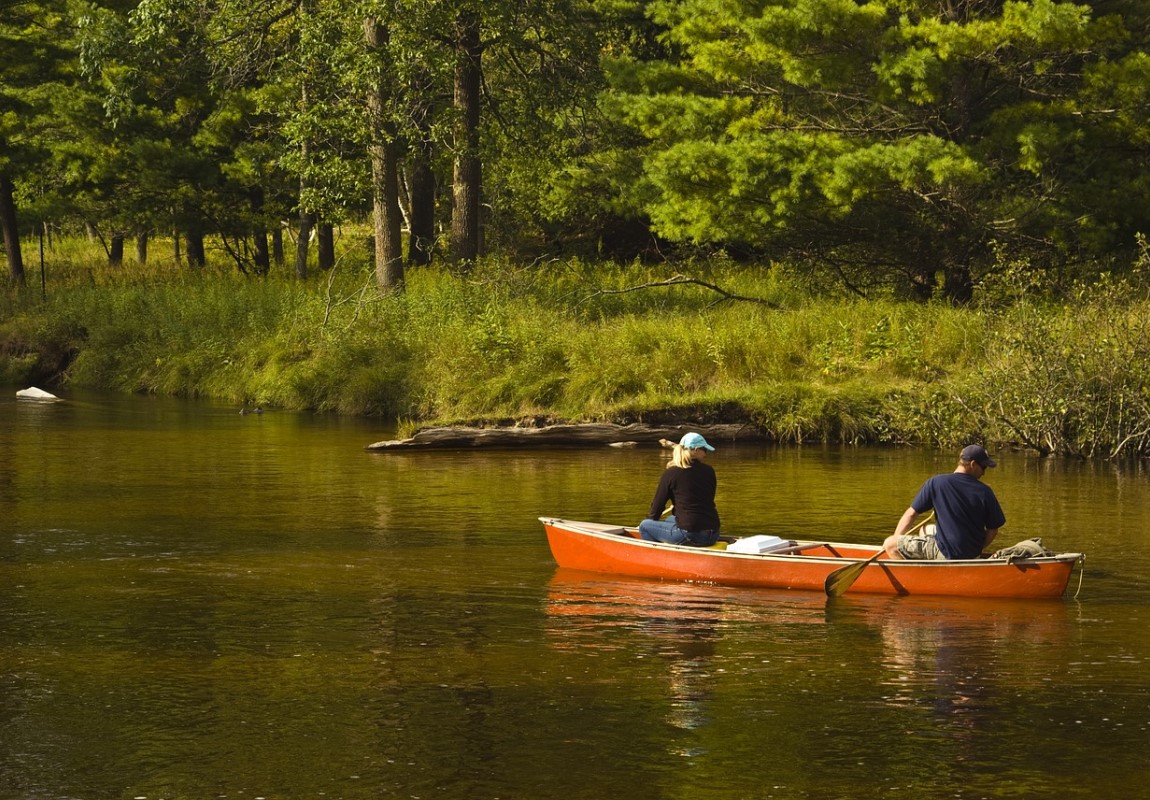Lake Eyasi 
Starting from
$500PP
Overview
In Tanzania's north, close to the well-known Ngorongoro Conservation Area, is the captivating destination of Lake Eyasi. Travellers seeking to fully experience Tanzania's cultural and natural wonders can do so by visiting this salinity lake, which is tucked away in the Great Rift Valley. The rich cultural heritage of Lake Eyasi is one of its noteworthy characteristics. The Hadzabe and Datoga people are two of the indigenous tribes that surround the lake. Interacting with these tribes offers a unique chance to learn about their customs, cultural practises, and traditional hunter-gatherer lifestyles. To learn more about their daily activities, such as hunting, gathering, and fire-making techniques, visitors can participate in guided tours or immersive experiences.
Pros & Cons
- Excellent wildlife viewing opportunities
- Beautiful and diverse scenery
- Professional guided safaris
- Unique ecosystem and biodiversity
- Can be crowded during peak season
- Weather dependent activities
Map in Tanzania
Want to Visit Lake Eyasi?
Want to Visit Lake Eyasi?
Wildlife & Animals
Wildlife Highlights
Best Time for Wildlife Viewing
Want to Visit Lake Eyasi?
Birds
Best Time for Birding
Want to Visit Lake Eyasi?
Best Time to Visit – Lake Eyasi
May to October (Dry Season)
- Less vegetation and animals concentrate around water, making them easier to spot
- The skies are clear, rain is rare, and there are fewer mosquitoes
- Even though most tourists visit during the Dry season, the parks still feel uncrowded, except for the bustling Chobe riverfront area
- Early morning and evening drives are cold in June, July and August
November to April (Wet Season)
- The scenery is greener, and there are lower rates during this season
- Although wildlife is easier to spot in the Dry season, you'll still see plenty
- There are many newborn animals and migratory birds
- Except for January and February, rains seldom interfere with your trip
- During January and February, the rains can be continuous for days
- It gets very hot in October and November
- Some lodges and camps close down during part of the Wet season
Want to Visit Lake Eyasi?
Activities
Explore popular activities available in and around Lake Eyasi.
Want to Visit Lake Eyasi?
No FAQs available for this park yet.

 English
English French
French



